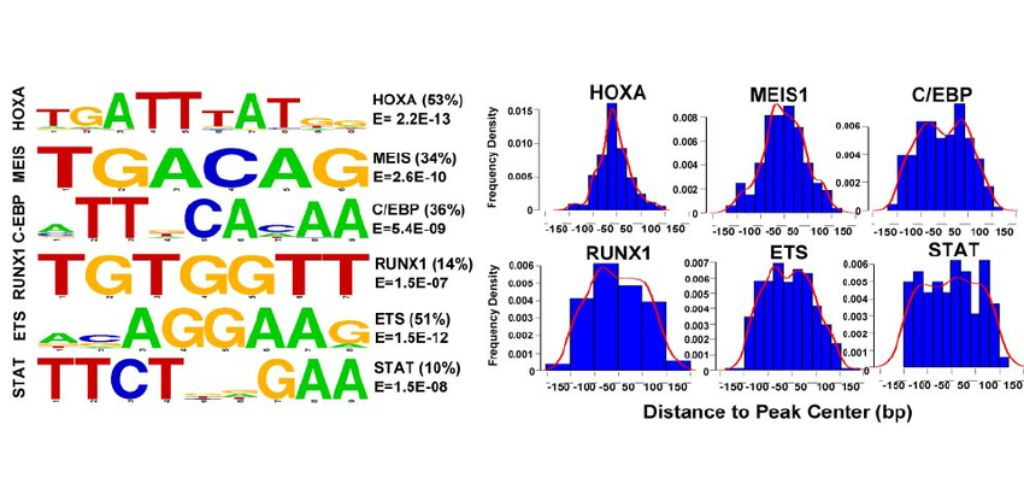Motif discovery is a critical aspect of various scientific disciplines, including bioinformatics, genetics, and data mining. It involves the identification of recurring patterns or motifs within datasets, providing valuable insights into the underlying structures and functions. This blog delves into the significance of motif discovery, its applications across different domains, and the methodologies employed to unveil these hidden patterns.
Motif Discovery in Bioinformatics
In the field of bioinformatics, motif discovery plays a pivotal role in unravelling the complex language of genetic information. DNA, RNA, and protein sequences are rich with motifs that serve as functional units, dictating cellular processes. Identifying these motifs is crucial for understanding gene regulation, protein-protein interactions, and various biological pathways. Computational algorithms, such as MEME (Multiple Em for Motif Elicitation) and Gibbs sampling, are employed to sift through vast genomic datasets and pinpoint conserved motifs.
Applications in Genetics
Motif discovery is integral to deciphering the genetic code and understanding the intricacies of inheritance. In genetics, motifs often represent binding sites for transcription factors or other regulatory elements. Uncovering these motifs aids in elucidating the mechanisms governing gene expression, which is fundamental to comprehending diseases, evolution, and the diversity of living organisms. Through motif discovery, researchers can identify regulatory regions and potential targets for therapeutic interventions.
Motif Discovery in Data Mining
Beyond biology, motif discovery extends its reach into the realm of data mining and pattern recognition. In data mining, motifs can be found in various datasets, including time-series data, images, and sequences. Detecting recurring patterns allows researchers to make predictions, recognize anomalies, and gain a deeper understanding of underlying structures. Applications range from finance and marketing to signal processing and network analysis.
Methodologies in Motif Discovery
The process of motif discovery involves the application of diverse computational and statistical techniques. Algorithms may use probabilistic models, heuristics, or exact algorithms to scan sequences and identify recurring patterns. Some popular approaches include motif enumeration, consensus sequence search, and position-specific scoring matrices (PSSMs). As the size and complexity of datasets increase, advanced machine learning techniques like deep learning are also becoming instrumental in motif discovery.
Challenges and Future Directions
While motif discovery has made significant strides, challenges persist. The sheer volume of biological data, coupled with the inherent noise and complexity, poses obstacles to accurate motif identification. Additionally, the adaptability of motifs across different contexts and the need for efficient algorithms to handle large-scale datasets remain focal points for improvement. Future directions in motif discovery involve the integration of multi-omics data, leveraging artificial intelligence, and refining algorithms to enhance sensitivity and specificity.
Conclusion
Motif discovery stands at the intersection of biology, genetics, and data science, offering profound insights into the hidden patterns within diverse datasets. Its applications in understanding genetic regulation, predicting trends in various fields, and uncovering meaningful information from complex data make it a powerful tool in the hands of researchers. As technology advances and computational methodologies evolve, motif discovery will continue to play a pivotal role in unlocking the secrets encoded in the language of DNA, RNA, and other intricate datasets.
References
- Zambelli F, Pesole G, Pavesi G. Motif discovery and transcription factor binding sites before and after the next-generation sequencing era. Brief Bioinform. 2013 Mar;14(2):225-37. doi: 10.1093/bib/bbs016. Epub 2012 Apr 19. PMID: 22517426; PMCID: PMC3603212.
- D’haeseleer P. How does DNA sequence motif discovery work? Nat Biotechnol. 2006 Aug;24(8):959-61. doi: 10.1038/nbt0806-959. PMID: 1690014
- Sandve GK, Drabløs F. A survey of motif discovery methods in an integrated framework. Biol Direct. 2006 Apr 6;1:11. doi: 10.1186/1745-6150-1-11. PMID: 16600018; PMCID: PMC1479319.
- Li N, Tompa M. Analysis of computational approaches for motif discovery. Algorithms Mol Biol. 2006 May 19;1:8. doi: 10.1186/1748-7188-1-8. PMID: 16722558; PMCID: PMC1540429.
- Marschall T, Rahmann S. Efficient exact motif discovery. Bioinformatics. 2009 Jun 15;25(12):i356-64. doi: 10.1093/bioinformatics/btp188. PMID: 19478010; PMCID: PMC2687942.




